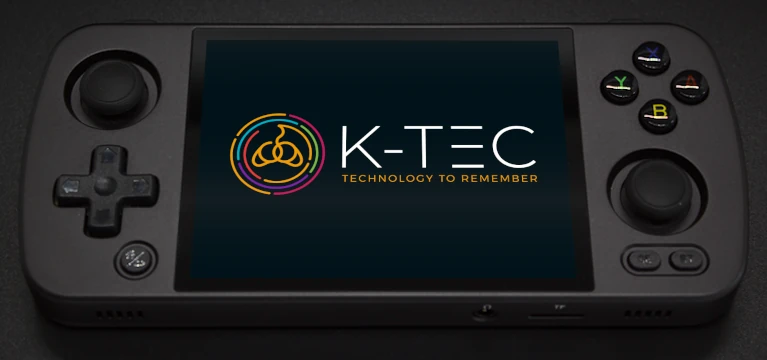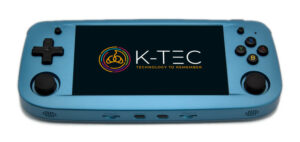The Anbernic RG405M is a titan of retro handheld gaming, blending a premium aluminium alloy shell with the power to emulate systems well into the 2000s. But a powerful device is only as good as its software. We take this hardware and elevate it to its maximum potential. So, what can it truly play when expertly configured? Let’s explore the generations of gaming history at your command.
The RG405M effortlessly handles everything up to the Fifth Generation (like the original PlayStation), which you can read about in our Miyoo Mini Plus guide. This guide will focus on the more demanding consoles that push the RG405M to its limits, showcasing the performance you get when you buy from K-TEC.
The GammaOS Advantage
Expertly Configured for Peak Performance
To unlock the full potential of your device, we install and meticulously configure GammaOS, a custom firmware that transforms the RG405M. It offers superior performance modes, a refined user interface, and unlocks the true power of the hardware. All emulators are fine-tuned by K-TEC over countless hours to ensure you get the best possible balance of performance and fidelity, right out of the box.
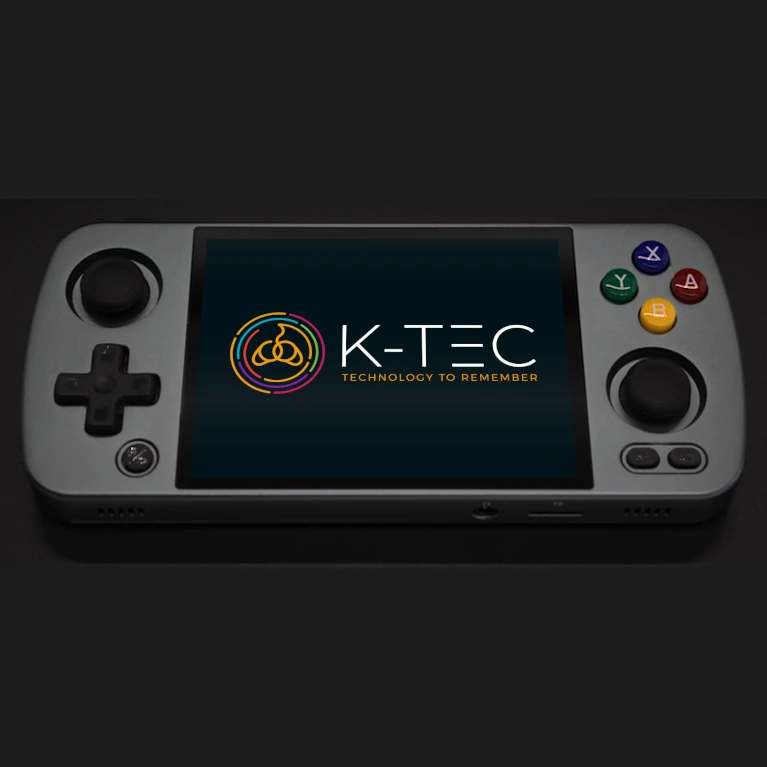
Thank you K-TEC for the wonderful work you’re doing
Amazing product, both the original device and the efforts put in by K-TEC! I’m blown away with how many emulators they’ve set up for it, between which, and getting Gamma OS Lite installed and configured, the amount of time I’ve saved was well worth the cost. Since getting it, I’ve been playing Final Fantasy 12 emulated on PS2, which runs surprisingly smoothly and I think the custom setup is a big part of that.
~ Joseph
Home Consoles: Fifth Generation (32/64-bit)
The Dawn of 3D Gaming
This era brought immersive 3D graphics to the mainstream, with a shift to CD-ROMs for larger game worlds. While the PlayStation is the most famous, the RG405M also masters other innovative consoles from this generation.

Nintendo 64 (1996)
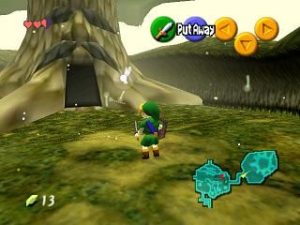
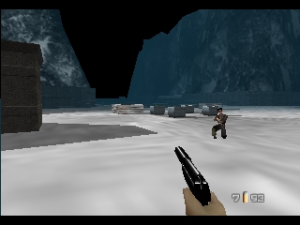
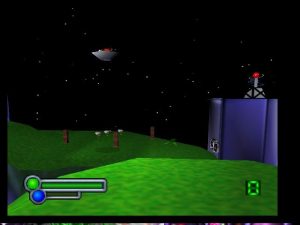
Home Consoles: Sixth Generation (128-bit)
A Leap in Power and Ambition
This is where the RG405M truly shines. The 128-bit era saw consoles powerful enough to create vast, detailed worlds and cinematic experiences. Thanks to our custom configurations, you can enjoy masterpieces from the PS2, GameCube, and Dreamcast on the go.
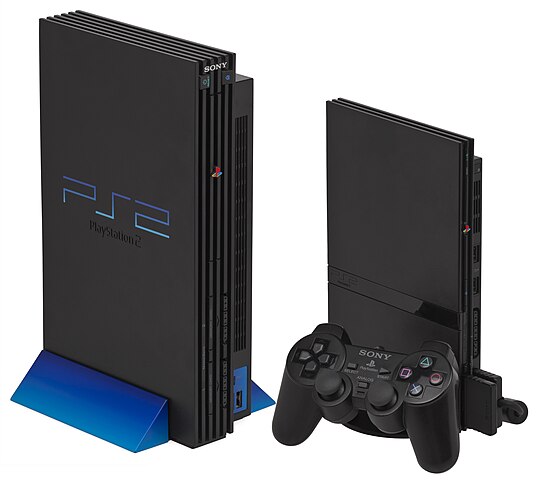
Sony PlayStation 2 (2000)
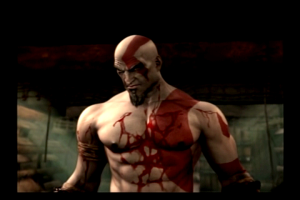
(2005)
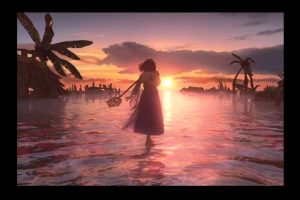
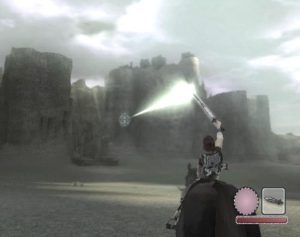
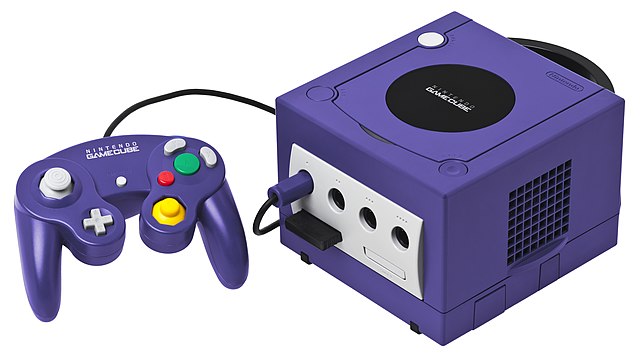
Nintendo GameCube (2001)
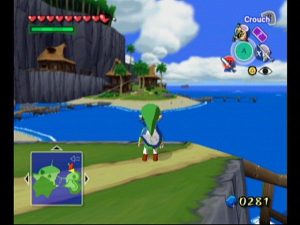
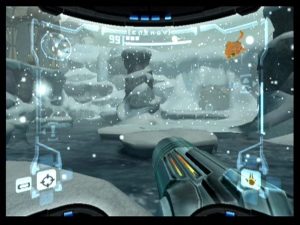
(2002)
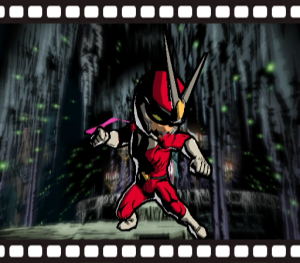
(2003)
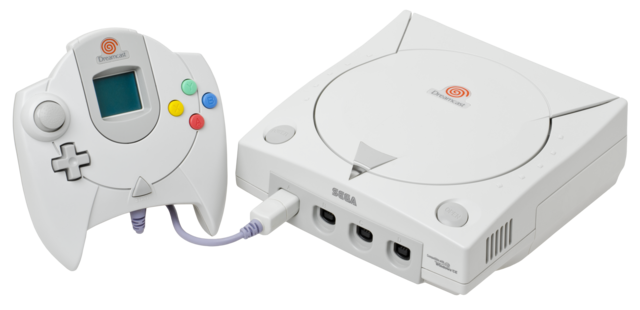
Sega Dreamcast (1998)
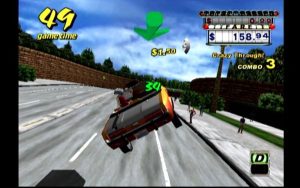
(1999)
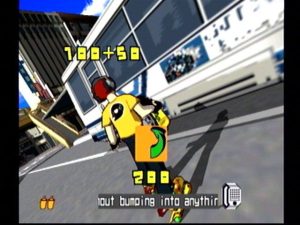
(2000)
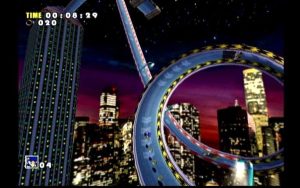
Home Consoles: Seventh Generation
Motion Controls and HD Gaming
Pushing the RG405M’s capabilities, we’ve optimized it to play a selection of titles from the revolutionary Nintendo Wii. This generation introduced motion controls to the mainstream and continued to build on the 3D foundations of the past.
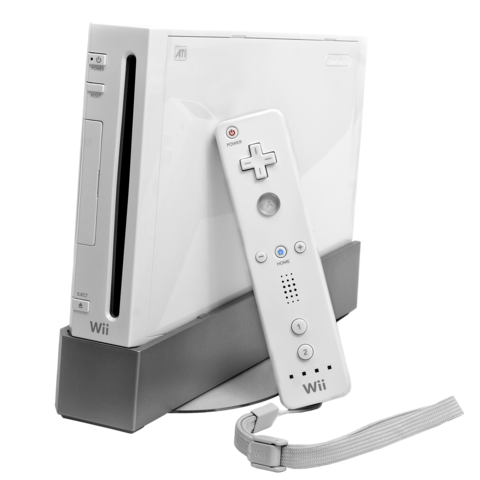
Nintendo Wii (2006)
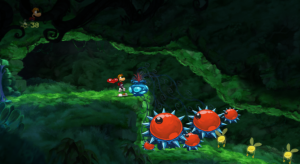
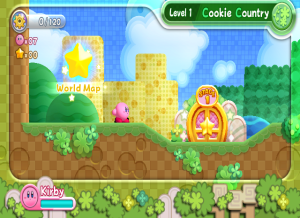
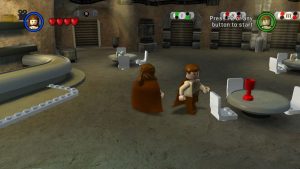
Handheld Game Consoles
Console Power in Your Pocket
The RG405M is a handheld device playing other handhelds, creating a fascinating “best of” portable experience. It capably runs games from the entire Game Boy line up to the innovative Nintendo 3DS, plus Sony’s powerful PSP.
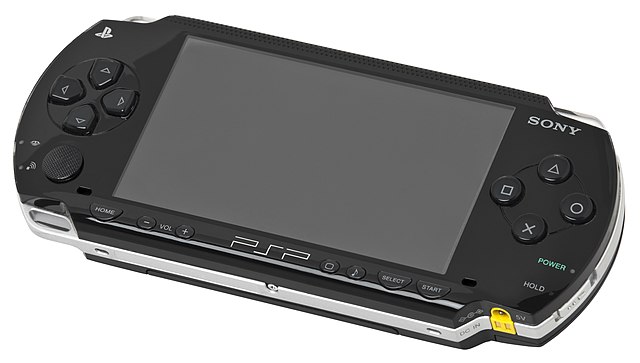
Sony PSP (2004)

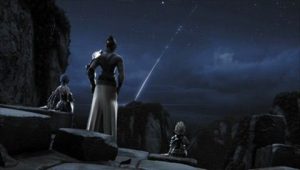
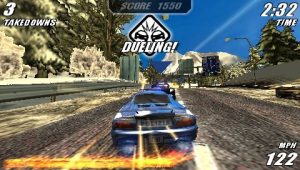

Nintendo 3DS (2011)

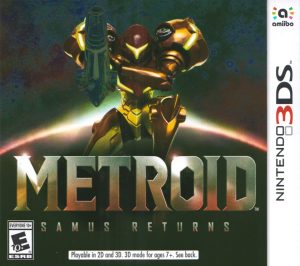
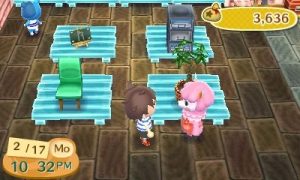
Compatibility & Performance
Emulating higher-end systems like the PS2, GameCube, and 3DS is a demanding task. Our custom configurations are designed to provide a great, playable experience. This may involve specific settings that prioritize smooth gameplay, and performance can vary from game to game. For many titles, we enable resolution scaling for a crisper image than the original hardware could produce. We recommend experimenting to find the perfect balance for your favorite games and provide an Online User Guide to help you.
Ready to Experience the Ultimate Retro Handheld?
Your journey through gaming history is just one click away. Get your Anbernic RG405M today, expertly configured by K-TEC and ready to play thousands of games right out of the box.
